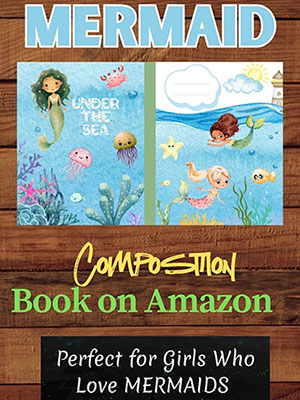Teaching American history to young learners presents a unique opportunity to inspire curiosity and respect for the past. Engaging children in activities that bring historical events and figures to life can transform their understanding of history from a series of dates and facts into a vivid tapestry of stories and lessons. This article outlines several activities to make American history fun and impactful for young minds.
1. Curated History Books for Kids
Incorporating carefully selected history books for kids into your educational toolkit can significantly enhance young learners’ grasp of American history. Choose books that are not only informative but also engaging, with rich illustrations and captivating storytelling that brings historical events and figures to life. From picture books for the youngest historians to chapter books for older children, these resources can cover many topics, such as children’s daily lives in different eras, the stories of unsung heroes, and significant historical milestones.
2. Historical Role-Playing
Children love to imagine and play roles. Organize a day where they can dress up as their favorite historical figures. Provide them with simple costumes and props to help them get into character. Guide them to enact pivotal moments in American history, such as signing the Declaration of Independence or the Wright brothers’ first flight. This activity makes history tangible and encourages empathy and a deeper understanding of the challenges and triumphs of historical figures.
3. Time Capsules
Creating a time capsule is a fantastic way to connect the past with the present. Encourage learners to include items that they believe represent current culture and technology alongside letters predicting future trends. Seal the capsule with a plan to open it in the future. This activity prompts discussions about historical progress and changes over time, linking it with their personal experiences.
4. Interactive History Maps
Utilize interactive maps to explore significant events and movements across the American landscape. Many online resources offer maps highlighting key historical sites, battles, or migration patterns. As children click through these maps, they can discover stories of Native American tribes, colonial settlements, or the routes of explorers and pioneers. This geographical approach helps students visualize how history unfolded across different regions.
5. DIY Documentaries
Creating a documentary with smartphones and simple video editing software has never been easier. Assign your kids to research a historical event or figure and then script and film a short documentary. This project develops research skills and allows for creative expression. Watching their peers’ documentaries can also enhance learning and engagement among the entire class.
6. Historical Letters and Diaries
Encourage children to write letters or diary entries from the perspective of someone living during a significant period in American history. They might choose to write as a soldier during the Civil War, a participant in the Women’s Suffrage Movement, or a worker building the Transcontinental Railroad. This writing exercise develops empathy and a personal connection to historical events, fostering a deeper understanding and interest in history.
7. Field Trips to Historical Sites
Nothing compares to the firsthand experience of visiting museums and historical sites. Plan trips to colonial towns, Civil War battlefields, essential museums, or national monuments. Many of these locations offer educational programs tailored to young learners, providing interactive tours, reenactments, and hands-on activities that make history come alive.
8. Cooking Historical Recipes
Explore history through the lens of food by preparing popular dishes during different periods in American history. Research recipes from colonial times, the Civil War era, or the Great Depression. Cooking these dishes provides a tangible (and tasty) connection to the past, sparking discussions about the resources, technologies, and cultural influences of different eras.
9. Crafting Historical Artifacts
Engage children in crafting replicas of historical artifacts, such as Native American pottery or colonial lanterns. This hands-on activity can be paired with research assignments, encouraging students to learn about the significance of the artifacts they create and the people who originally made them.
10. Interactive Timelines
Create an extensive timeline on a classroom wall or a digital platform where students can add events, figures, and inventions as they learn about them. This visual representation helps children grasp the sequence of historical events and the connections between different periods. It also provides a constant reference point that integrates new knowledge with what they have already learned.
11. Historical Fiction Book Club
Start a book club focused on historical fiction for children. Select books that are age-appropriate and cover various aspects of American history. After reading, facilitate discussions about the historical context of the stories, encouraging students to research the actual events and figures behind the narratives. This activity promotes literacy while deepening historical knowledge.
What Strategies Are You Using at Home to Make American History Fun?
By incorporating these activities into your teaching strategy, you can transform the study of American history into an engaging, interactive experience for young learners. Each activity is designed to foster a deeper understanding and appreciation of the past, encouraging students to see history as a subject to be studied and as a story of which they are a part. Through role-playing, crafting, cooking, and more, children can connect with historical events and figures personally and meaningfully, laying the foundation for a lifelong interest in history and learning.







Speak Your Mind